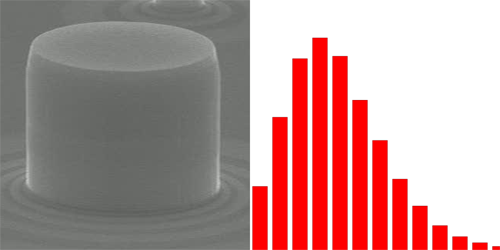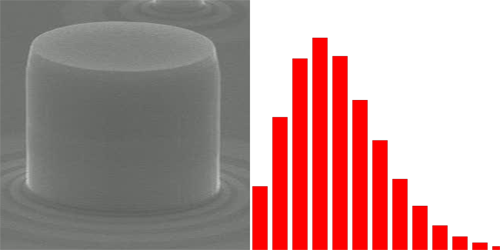Counting Photons from a Polariton Condensate
When the power of the light driving a laser exceeds the lasing threshold, the laser’s active medium enters a state in which the atoms sync their emission to produce coherent laser light. Researchers have studied this coherent state by counting the photons emitted from a laser, deriving a statistical distribution of the probability that 1, 2, or n photons are emitted at a given time. Martin Klaas at the University of Würzburg, Germany, and colleagues have now performed similar photon-counting experiments to shed light on another recently discovered coherent state of matter known as an exciton-polariton condensate.
Exciton polaritons are hybrid light-matter quasiparticles that arise in semiconductor microcavities because of the strong coupling between photons and electron-hole pairs called excitons. Researchers have observed that, if present in sufficient density, exciton polaritons can form a Bose-Einstein condensate (BEC), in which all of the particles occupy the same quantum state. They hope to use these condensates to create polariton lasers and to study exotic quantum phases. However, several questions about the nature of these BECs remain open. In particular, it isn’t clear whether they behave more like lasers or more like condensates of atoms.
Klaas and his colleagues tackled this question by characterizing the distribution of photons emitted from exciton polaritons in a micrometer-sized semiconductor pillar. Using a highly sensitive superconducting device known as a transition edge sensor, they counted the emitted photons with single-photon precision. The measured photon distribution suggests that the exciton-polariton BEC is closer to a laser than to an atomic condensate—a result that will be helpful in refining theoretical models.
This research is published in Physical Review Letters.
–Matteo Rini
Matteo Rini is the Deputy Editor of Physics.





